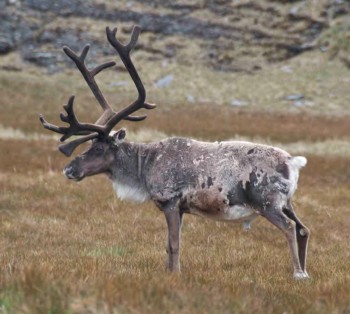Alistair Glen (Landcare Research, Lincoln, New Zealand) and colleagues, writing in the journal Biological Invasions, have reviewed successful eradications of invasive plants and animals on islands. Removing mammalian predators from islands that support ACAP-listed albatrosses and petrels is an increasing conservation activity regularly reported on in ACAP Latest News (click here for a recent example). Not many ACAP breeding sites are to be found on inhabited islands but there are exceptions in New Zealand, Spain, U.K., U.S.A. and in disputed territories in the South Atlantic.
The paper’s abstract follows:
“Invasive species are the greatest threat to island ecosystems, which harbour nearly half the world’s endangered biodiversity. However, eradication is more feasible on islands than on continents. We present a global analysis of 1,224 successful eradications of invasive plants and animals on 808 islands. Most involve single vertebrate species on uninhabited islands, but plant and invertebrate eradications occur more often on inhabited islands. Inhabited islands are often highly modified and support numerous introduced species. Consequently, targeting a single invasive species can be ineffective or counterproductive. The impacts of other pests will continue and, in some cases, be exacerbated. The presence of people also creates regulatory, logistical and socio-political constraints. Real or perceived health risks to inhabitants, pets and livestock may restrict the use of some eradication tools, and communities or individuals sometimes oppose eradication. Despite such challenges, managing invasive species is vital to conserve and restore the unique biodiversity of many inhabited islands, and to maintain or improve the welfare and livelihoods of island residents. We present a brief case study of the Juan Fernández Archipelago, Chile, and discuss the feasibility of eradicating large suites of invasive plants and animals from inhabited islands while managing other invaders for which eradication is not feasible or desirable. Eradications must be planned to account for species interactions. Monitoring and contingency plans must detect and address any ‘surprise effects’. Above all, it is important that the local community derives social, cultural and/or economic benefits, and that people support and are engaged in the restoration effort.”

Reindeer: one of the less common introduced mammals on islands with ACAP-listed species
Photograph by Martin Collins
Reference:
Glen, A.S., Atkinson, R., Campbell, K.J., Hagen, E., Holmes, N.D., Keitt, B.S., Parkes, J.P., Saunders, A., Sawyer, J. & Torres, H. 2013. Eradicating multiple invasive species on inhabited islands: the next big step in island restoration? Biological Invasions DOI 10.1007/s10530-013-0495-y.
John Cooper, ACAP Information Officer, 11 June 2013

 English
English  Français
Français  Español
Español